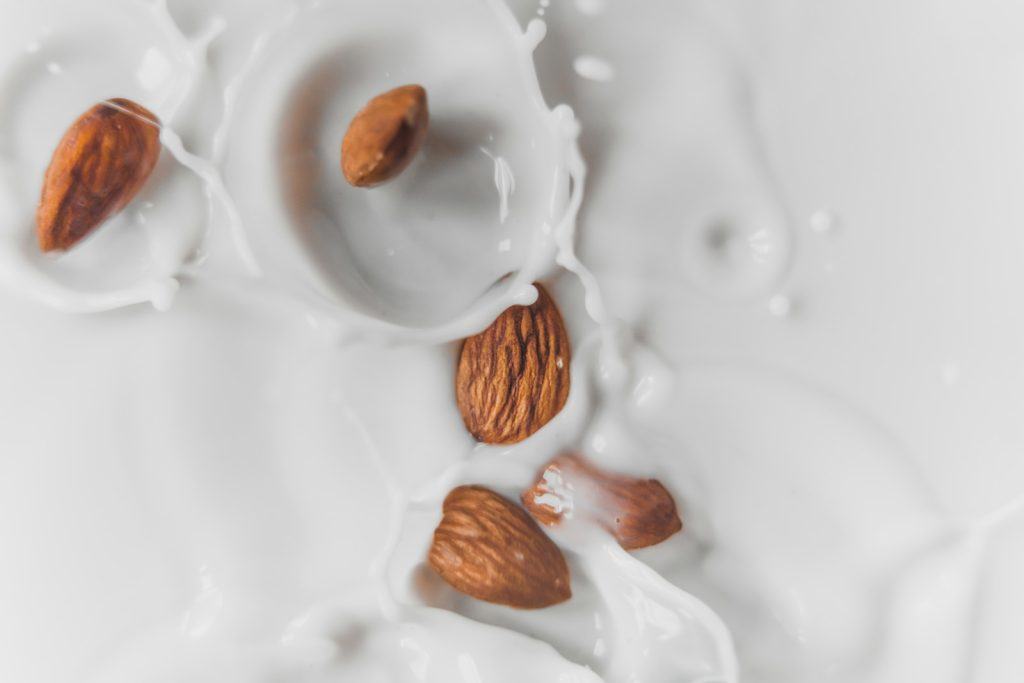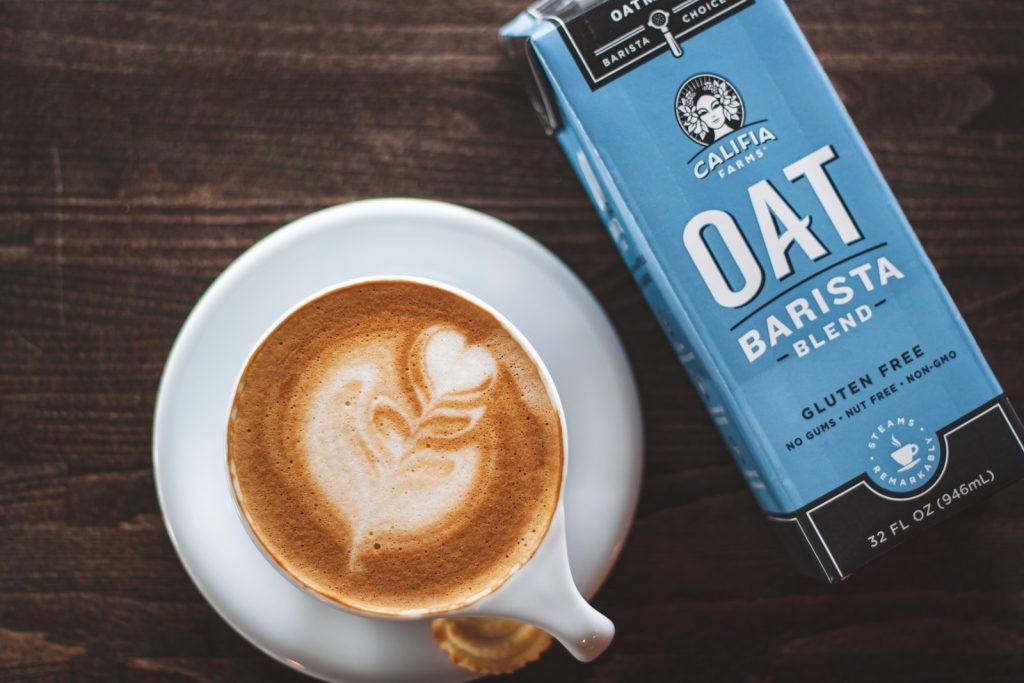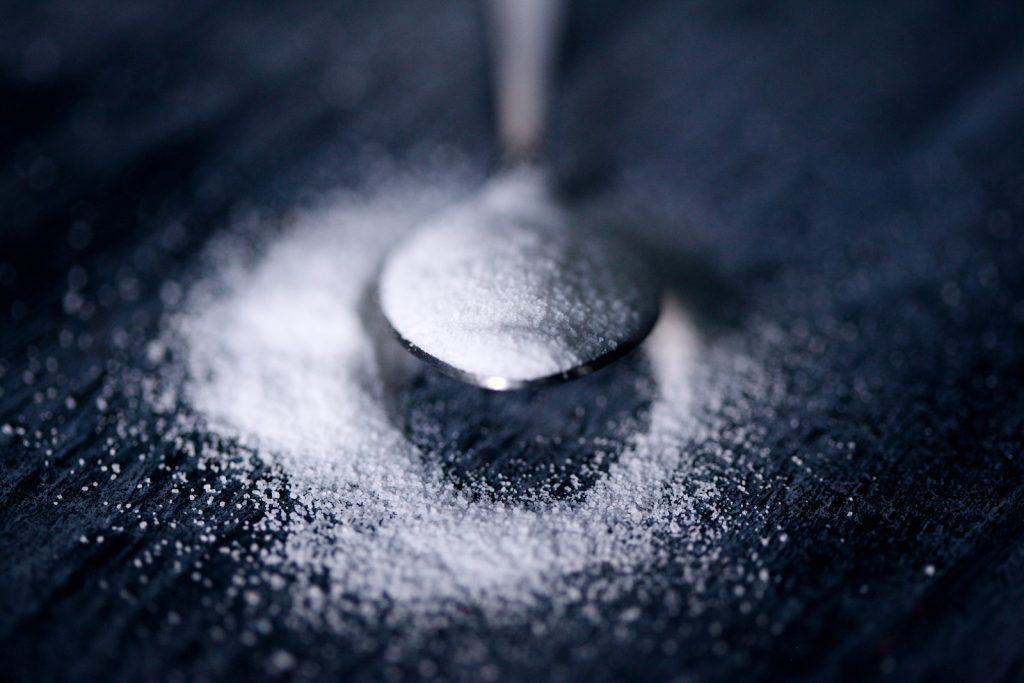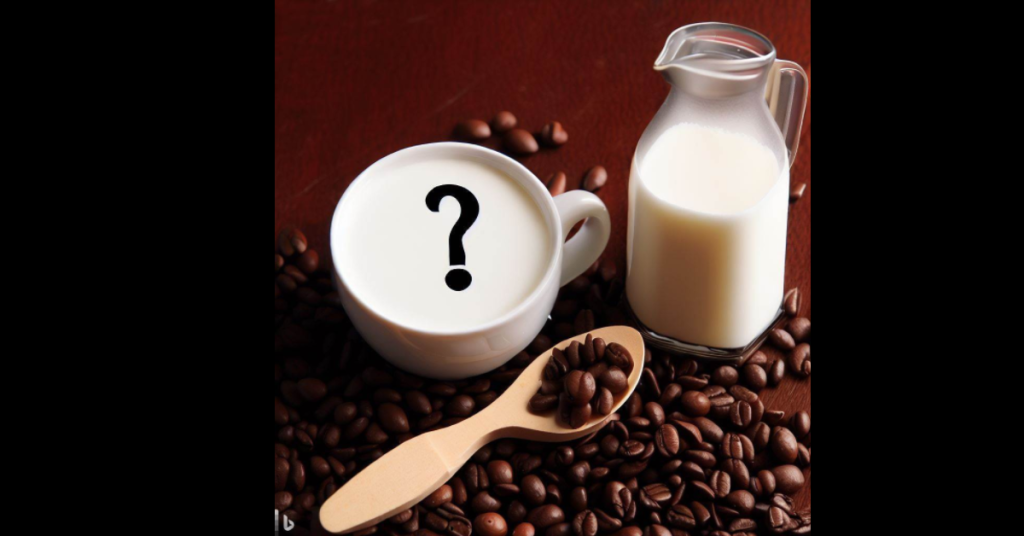We’re diving into a topic that’s been the subject of many a coffee shop debate: how much creamer in coffee is just right? It’s a question that doesn’t have a one-size-fits-all answer. Why? Because when it comes to the perfect coffee, personal preference is king. In this article, we’ll explore the fascinating world of coffee creamers, their types, and their role in your cup of joe. So, grab your favorite mug, and let’s get started!
Table of Contents
What is Coffee Creamer
Coffee creamer, often a staple in many households, is a non-dairy product used to add a rich, creamy texture to your coffee. It’s a versatile addition that can transform a simple cup of coffee into a delightful treat. But what exactly is it?
Coffee creamer is a liquid or powdered substance that lightens the color of coffee and enhances its flavor. It’s typically made from a blend of water, sugar, and vegetable oil. However, the ingredients can vary depending on the type of creamer.
There’s a wide array of coffee creamers available in the market, each with its unique flavor profile. You’ve got your classic flavors like French vanilla and hazelnut, and then there are more adventurous ones like pumpkin spice and peppermint mocha. For those watching their waistline, there are sugar-free and fat-free options. And for lactose intolerant or vegan coffee lovers, there are non-dairy creamers made from almond milk, coconut milk, or soy milk.
The role of coffee creamer goes beyond just lightening your coffee. It’s about enhancing the overall coffee experience. A splash of creamer can soften the bitter notes of coffee, making it smoother and more palatable for those who find black coffee too harsh. It can also add a hint of sweetness, eliminating the need for additional sugar. Plus, the creamy texture it imparts makes every sip feel like a luxurious treat.
So, the next time you wonder about the right amount of creamer to add to your coffee, remember that it’s all about creating a balance that suits your taste buds. Happy brewing!

How Much Creamer to Use in Coffee
When it comes to the question of how much creamer in coffee, there’s no definitive answer. It’s more of an art than a science. However, there are some general guidelines that can help you find your perfect balance.
A common approach is to follow the “Golden Ratio” of coffee making. This concept suggests using 1 to 2 tablespoons of creamer for every 6 ounces of coffee. By adhering to this ratio, you can achieve a balanced flavor that enhances your coffee experience. It’s also crucial to consider the amount of ground coffee you use, as it plays a significant role in the overall taste profile. Experimenting with different amounts and ratios can help you discover your perfect cup, tailored to your personal preference.Finding the perfect balance between coffee and creamer can enhance the overall flavor profile of your brew. Many coffee enthusiasts find themselves pondering how much creamer will achieve their desired taste without overpowering the coffee’s natural richness. Experimenting with different amounts can lead you to your ideal cup, allowing you to savor each sip.But remember, this is just a starting point. You may need to adjust this ratio based on your personal preference.
A common approach is to follow the “Golden Ratio” of coffee making. This concept suggests using 1 to 2 tablespoons of creamer for every 6 ounces of coffee.
Several factors can influence the amount of creamer you might want to use. Personal preference tops the list, of course. Some people like their coffee black, while others prefer it light and creamy. The type of coffee you’re drinking can also play a role. For instance, a robust dark roast might call for more creamer to balance its strong flavor. The size of your cup is another factor to consider. A larger cup will naturally require more creamer.
Creamer Nutritional Value in Coffee
While creamer can enhance the taste of your coffee, it’s important to be mindful of its impact on the beverage’s nutritional value. Adding creamer to your coffee increases its calorie content. For example, a tablespoon of regular liquid creamer can add around 35 calories to your cup.
Using too much creamer can have potential health implications. Regularly consuming high amounts of creamer, especially flavored varieties, can contribute to weight gain and other health issues due to added sugars and fats.
But don’t worry, you can still enjoy your creamy coffee while keeping it healthy. Here are a few tips:
- Opt for low-fat or non-dairy creamers as a healthier alternative.
- Be mindful of portion sizes. Use a measuring spoon to avoid pouring in more creamer than you need.
- Try using natural sweeteners like honey or stevia instead of sugar-laden creamers.
- Consider using spices like cinnamon or nutmeg to add flavor without the extra calories.
Remember, the key to a healthy coffee routine is balance and moderation.
Here is a table comparing the nutritional values of coffee creamer and eight different types of milk and milk substitutes:
| Nutritional Information | Coffee Creamer | Whole Milk | Skim Milk | Almond Milk | Coconut Milk | Soy Milk | Oat Milk | Coconut Cream |
|---|---|---|---|---|---|---|---|---|
| Calories (per serving) | 35 | 150 | 80 | 30 | 45 | 80 | 120 | 110 |
| Total Fat (g) | 2 | 8 | 0.5 | 2.5 | 4.5 | 4 | 5 | 10 |
| Saturated Fat (g) | 1.5 | 5 | 0 | 0 | 4 | 0.5 | 0.5 | 9 |
| Cholesterol (mg) | 0 | 24 | 5 | 0 | 0 | 0 | 0 | 0 |
| Sodium (mg) | 5 | 120 | 120 | 150 | 15 | 90 | 100 | 10 |
| Carbohydrates (g) | 5 | 12 | 12 | 1 | 6 | 4 | 24 | 2 |
| Sugar (g) | 5 | 12 | 12 | 0 | 5 | 1 | 12 | 0 |
| Protein (g) | 0 | 8 | 8 | 1 | 1 | 7 | 3 | 1 |
| Calcium (%DV) | – | 30 | 30 | 45 | 10 | 30 | 35 | – |
| Vitamin D (%DV) | – | 25 | 0 | – | – | – | 0 | – |
| Iron (%DV) | – | 0 | 0 | 2 | 0 | 6 | 2 | – |
Note: The values provided are approximate and may vary depending on the brand and specific product. The percentages (%DV) represent the recommended daily values based on a 2,000-calorie diet.
Alternatives to Traditional Coffee Creamers
While traditional coffee creamers offer a creamy and flavorful addition to your coffee, there are plenty of alternatives available that can suit different dietary preferences and taste preferences. Here are some options to consider:



- Different types of milk: Milk plays a significant role in coffee, and the type of milk you choose can impact the flavor and texture of your brew. Here are a few popular choices:
- Whole milk: With its higher fat content, whole milk adds richness and creaminess to your coffee.
- Skim milk: If you’re watching your calorie intake, skim milk is a lighter option that still provides a touch of creaminess without the added fat.
- Almond milk: Almond milk is a popular non-dairy alternative with a subtly nutty flavor. It’s often used by those who are lactose intolerant or following a vegan lifestyle.
- Coconut milk: Coconut milk adds a tropical twist to your coffee, lending it a rich and creamy taste.
- Non-dairy alternatives to creamer: For those looking to avoid dairy altogether, there are numerous non-dairy creamer options available:
- Soy milk: Soy milk is a common choice among those seeking a plant-based alternative. It offers a creamy texture and pairs well with coffee.
- Oat milk: Oat milk has gained popularity for its smooth and creamy consistency. It adds a slightly sweet and nutty flavor to your coffee.
- Coconut cream: For a rich and indulgent coffee experience, coconut cream can be a fantastic choice. It adds a delightful tropical aroma and velvety texture to your cup of joe.
- The use of sweeteners: If you enjoy a touch of sweetness in your coffee along with your creamer, there are various sweetener options to explore:
- Sugar: Traditional granulated sugar is a classic choice. Just remember to use it in moderation to avoid overpowering the flavors.
- Honey: Honey adds a natural sweetness to your coffee and can bring out different flavor profiles in different coffee varieties.
- Stevia: Stevia is a zero-calorie sweetener derived from the stevia plant. It’s an excellent option for those watching their sugar intake.
We hope you found this article useful. Please add a comment below!

